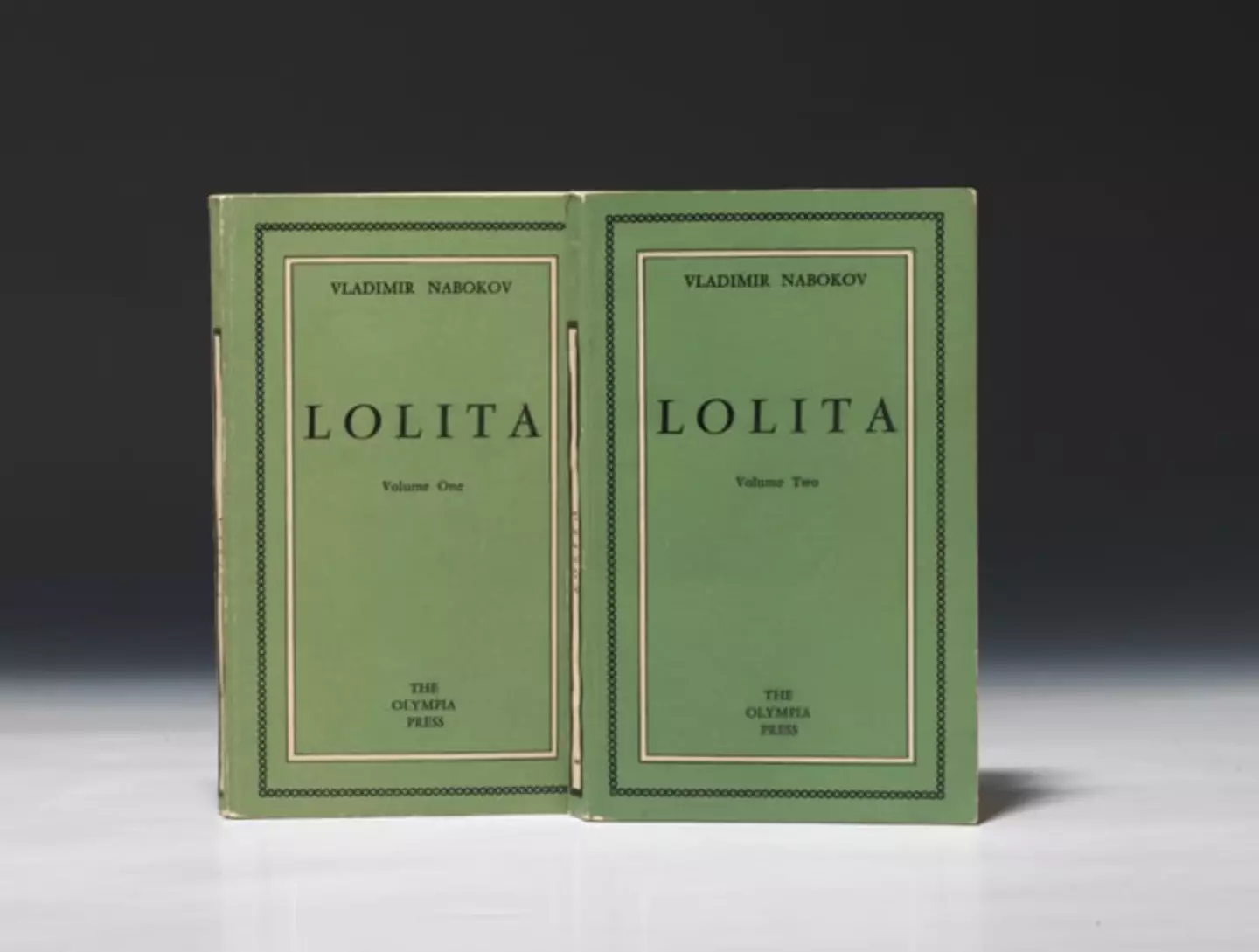Even in death, Jeffrey Epstein continues to horrify.
Years after the disgraced financier was found dead in his Manhattan jail cell — his 2019 passing officially ruled a suicide — investigators, lawyers, and the global public are still piecing together what truly happened inside the walls of his multimillion-dollar empire. Epstein’s crimes shocked the world: a sprawling network of underage trafficking, a network of powerful associates, whispered connections to politicians and royalty, and a lifestyle curated to mask darkness beneath opulence.
But it’s what was left on display in his $51,000,000 Manhattan mansion that is currently sending a fresh shiver down the world’s spine.
With the Upper East Side residence now sold off in the wake of multiple lawsuits against his estate, a disturbing “showpiece” has been uncovered — one that some say hints quite clearly at Epstein’s predatory fixation on minors.
Among the gilded fixtures, taxidermy ornaments, and imposing portraits famously lining Epstein’s house on East 71st Street was a first-edition copy of Lolita — prominently displayed, cover facing out, as though it was a cherished possession rather than a grotesque clue.
Not tucked away in a library. Not hidden discreetly. Displayed.
A Mansion Built for Secrets
Epstein moved into the 40-room Manhattan home in the mid-1990s, transforming it into one of the most extravagant private residences in New York City. Marble floors. Surveillance cameras hidden inside clocks. Massive imported doors. A larger-than-life portrait of Bill Clinton in a blue dress hung ironically in one of the halls. Former visitors described it alternately as “a palace”, “a bunker” — and “a lair”.
Now, according to Daniel Weiner, attorney for the co-executors of Epstein’s estate, the infamous property has finally been sold for roughly $51 million dollars — a steep drop from the original $88 million asking price, but enough to help fund the victim compensation fund.
It was during the sale process that photographs obtained by The Times documented Epstein’s curated book displays, including the first-edition green-jacketed copy of Vladimir Nabokov’s Lolita — front and center.

The book Lolita was displayed in his home (Bauman Rare Books)
Why Lolita Matters
For those unfamiliar, Lolita is a 1955 literary novel by Vladimir Nabokov. Critically acclaimed but highly controversial, it tells the story of Humbert Humbert, an older intellectual man who becomes obsessed with a 12-year-old girl, Dolores (whom he nicknames “Lolita”).
Told from his manipulative first-person perspective, the book describes his grooming, exploitation, and repeated sexual assault of the child — a narrative deliberately unreliable and disturbing.
Many scholars note that Lolita is not a love story — it’s a brutal exploration of the mind of a predator who justifies the rape of a child. Yet Epstein, a convicted predator of minors himself, apparently chose to proudly showcase a first printing of the novel like a badge of identity.
To his critics, it’s chilling: a trophy of sorts. Not just a book, but an open confession of the kind of fantasies that may have fueled his crimes.
The Estate, The Murkiness, The “List”
The discovery has reignited public anger over lingering questions in the Epstein scandal:
-
Was there ever a “client list” of high-profile men who visited his island?
-
Did Epstein coordinate trafficking for others — or only himself?
-
And why have some FBI files and logs still not been made public?
Donald Trump, once photographed with Epstein in social circles, long ago claimed their friendship ended abruptly after Epstein allegedly recruited Trump employees. “Stay the hell out of here,” Trump said he told him. But critics note that the Trump administration later appeared to reverse course on releasing certain files — deepening suspicions the former president may know more than he says.
A rumored “associate list” continues to haunt online forums — especially after Attorney General Pam Bondi and Trump himself hinted cryptically that a list does exist, while the FBI officially denies it.
Conspiracy or cover-up? No one seems sure. Investigations stall, redactions remain, and survivors still demand transparency.

Jeffrey Epstein held an item in his home which indicates his tastes (Rick Friedman/Rick Friedman Photography/Corbis via Getty Images)
⚖️ Charity Sale, Dark Souvenirs
With the Manhattan home sold off, profits will supposedly aid remaining civil litigation tied to Epstein’s crimes. But the legacy of what happened behind those stone walls continues to bleed into the present.
It isn’t just the luxurious décor or the priceless artwork that made the mansion sinister — it’s what it represented:
Power used as camouflage.
Intellect used as a weapon.
And now, with the resurfaced image of Lolita on his shelf, it’s confirmation of what many believed all along — Epstein wasn’t hiding his obsession… he was displaying it.
❗Disturbing Reminder
The book, once simply controversial literature, becomes something far darker when housed in the den of a real-life predator. The story of Lolita ends in heartbreak, manipulation, and a child’s life stolen by the lies of an older man.
So did Epstein’s story — except he never faced full justice.
And now, that green-bound novel sits as a quietly horrifying artifact of a mind whose crimes were whispered about for years… until it was far too late.

Adrian Hawthorne is a celebrated author and dedicated archivist who finds inspiration in the hidden stories of the past. Educated at Oxford, he now works at the National Archives, where preserving history fuels his evocative writing. Balancing archival precision with creative storytelling, Adrian founded the Hawthorne Institute of Literary Arts to mentor emerging writers and honor the timeless art of narrative.
